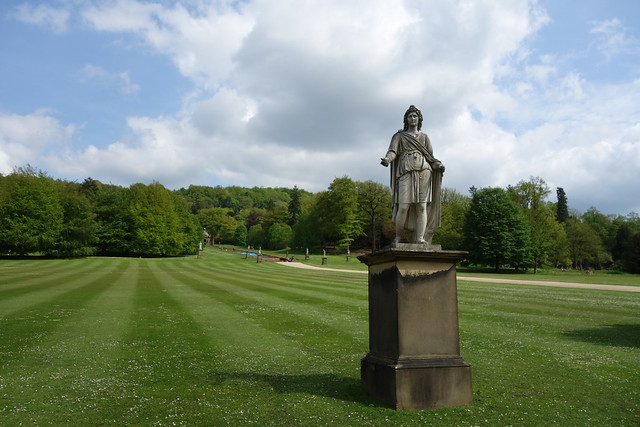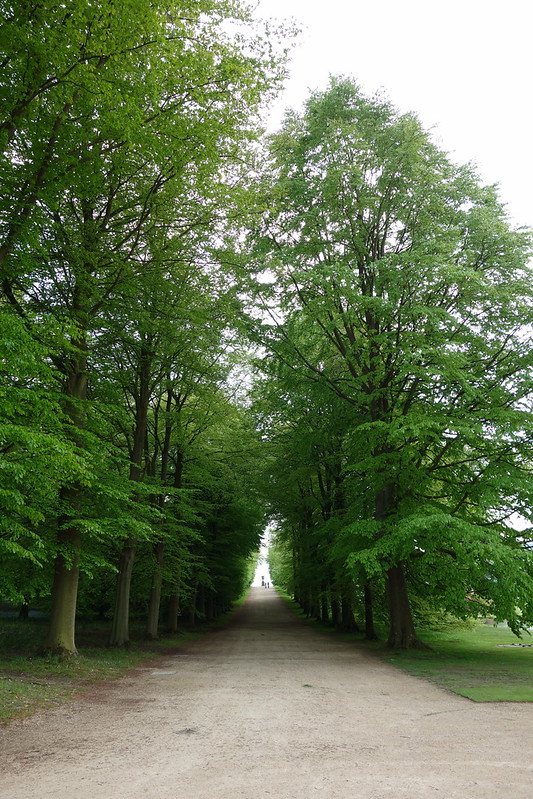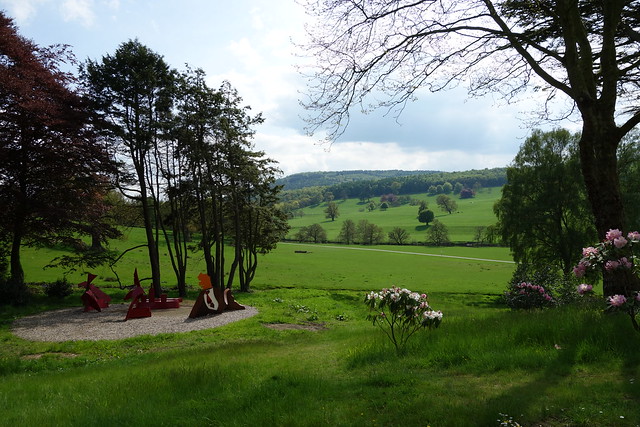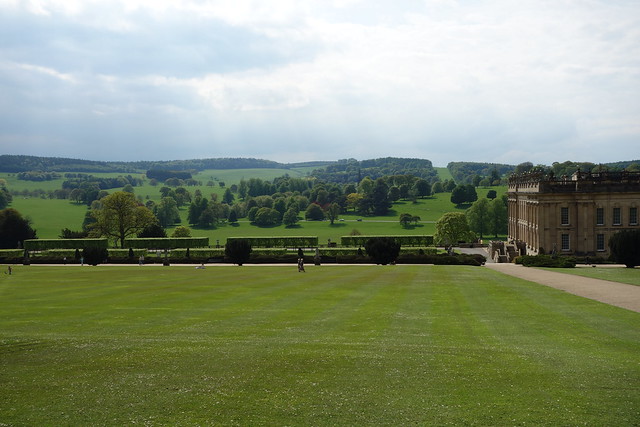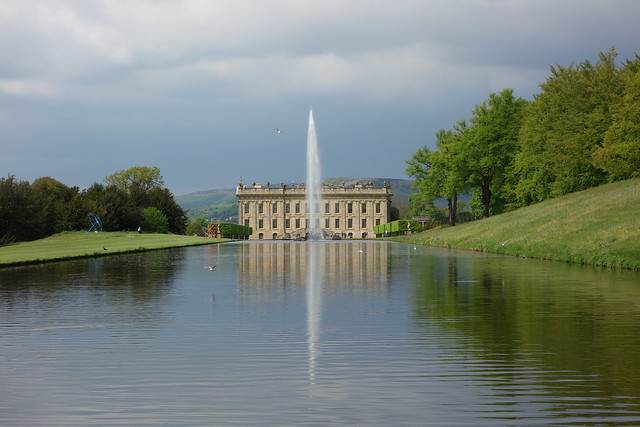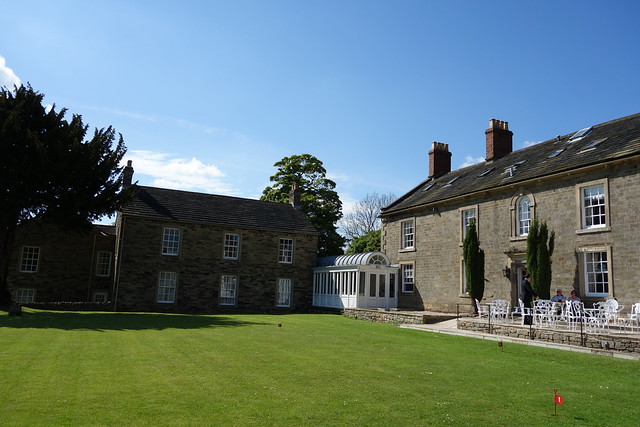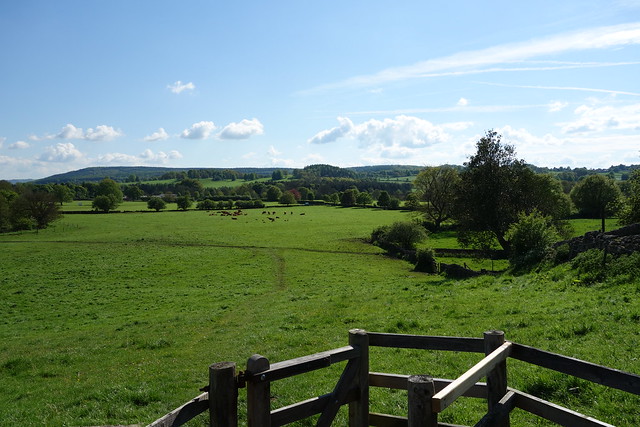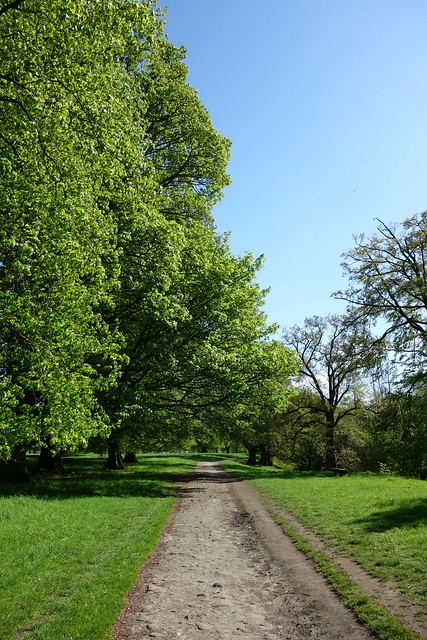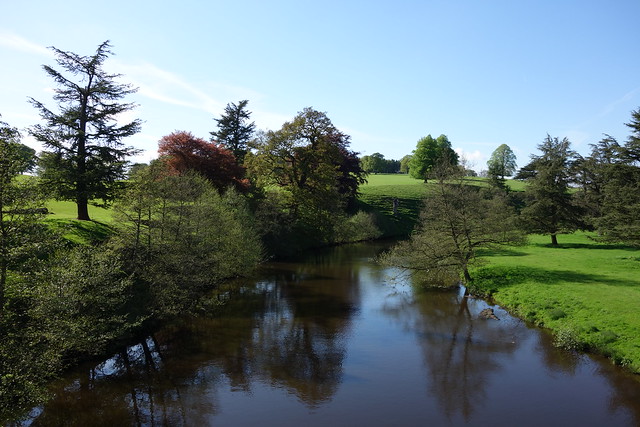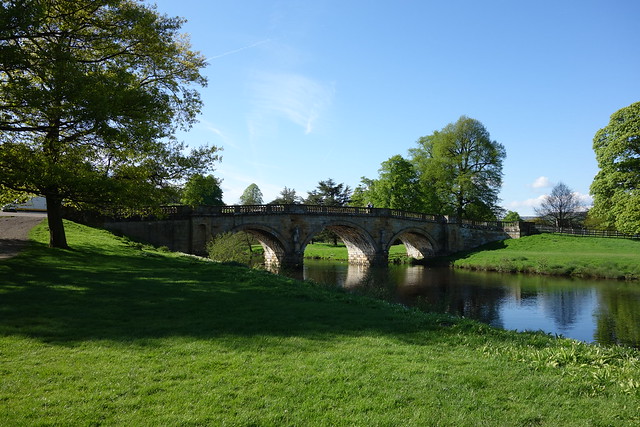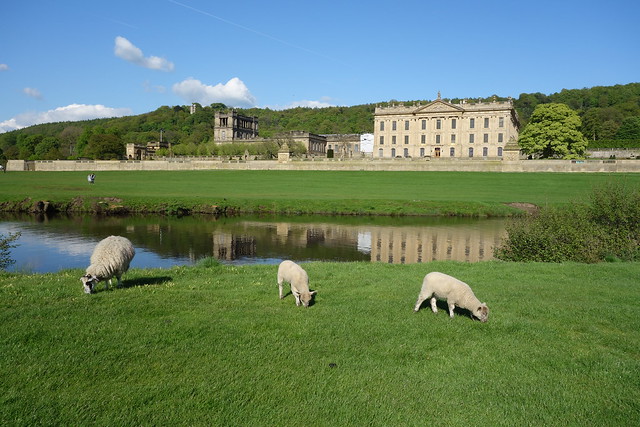I can’t remember the last time I read new fiction. Between my penchant for rereading my favorites and more fact-based royal stories, I haven’t had time to explore. But I am a huge fan of Go Fug Yourself, the hilarious, witty, and smart celebrity fashion blog by Heather Cocks and Jessica Morgan (aka the Fug Girls), so when they announced their first adult novel, I knew it was time for something new.
I will admit that I was a little hesitant. The Royal We isn’t the type of fiction that I’m usually inclined towards, I even cancelled my Kindle store pre-order. But the Fug Girls make me laugh online more than any other bloggers do, and I do have more than a passing interest in Will and Kate. So I finally clicked on “buy” a couple of days after it was released and promptly synced my Kindle.
It took all my self-control to save The Royal We for my one and only beach trip of the summer. When I finally tore into it, I couldn’t stop. I giggled, gasped, cried, and laughed out loud through it, sometimes so loudly that I got weird looks from people.
Yes, The Royal We is loosely based on the love story, or, more accurately, on the public details of the love story of Prince William and Kate Middleton, but a couple of chapters in, Nick Lyons and Bex Porter become less Will and Kate stand-ins and more their own persons. Bex (or “Rebecca”, for those who refer to Kate as “Catherine”) is funnier, sharper, and more flawed than we would ever know Kate to be, and through her we get an idea of what it might be like to fall in love with a boy blessed and burdened by the world’s most famous inheritance.
As expected, The Royal We is filled with the details of the glamorous trappings of royal life. There are tiaras and designer gowns, parties in palaces and country houses, appearances at Royal Ascot, ski trips to Klosters. But as we know, all the glitz comes at a price. As with the real British Royal Family, Nick and Bex have to deal with the unwanted media scrutiny and the pressures of royal duty. With the fictional Lyons, there’s also a heartbreaking family secret that threatens to break Nick and Bex apart.
If you’re even just mildly interested in William and Kate, then you should obviously read The Royal We, like, YESTERDAY. If you don’t care for the Cambridges and are more of a Prince Harry fan, you still need to pick it up because of Freddie, Nick’s scene-stealing, cheeky, ginger-haired scamp of a younger brother (he’s probably tied as my favorite character with Gaz, the other lovable ginger in the book). If you care more for the royals of yore, then you might still want to give it a shot, as The Fug Girls have a very well-thought out revised history of the British Royal Family that eventually resulted in the fictional Lyons, instead of the current Windsors. If you don’t care for the royals at all (what, not even adorable Prince George?) then you should still give it a shot if you’re in the market for a story that is sharp, funny, heartbreaking, romantic, and endearing.

The Book Depository ships The Royal We to most countries for free! The e-book is also available via Kindle, iBooks, or Kobo. For other sources and a sneak peek of the first seven chapters (!!!) you can click on to Heather and Jessica’s book blog.



